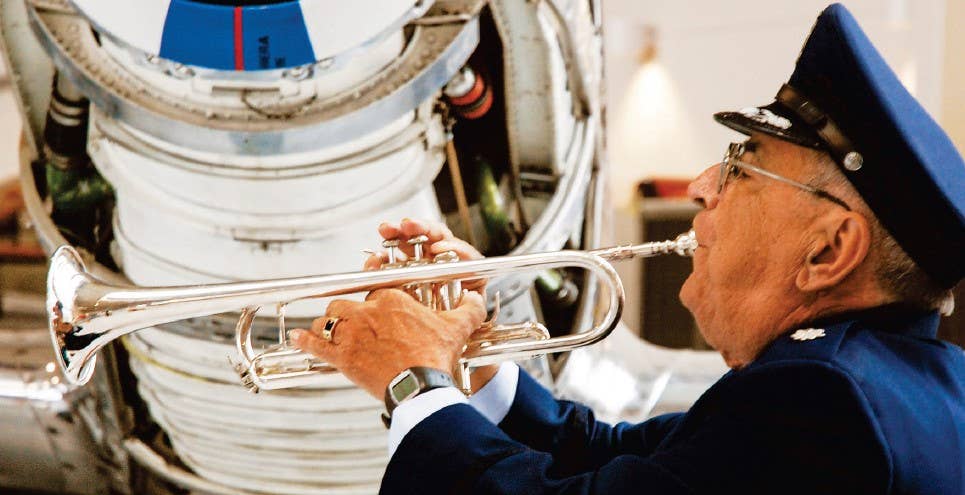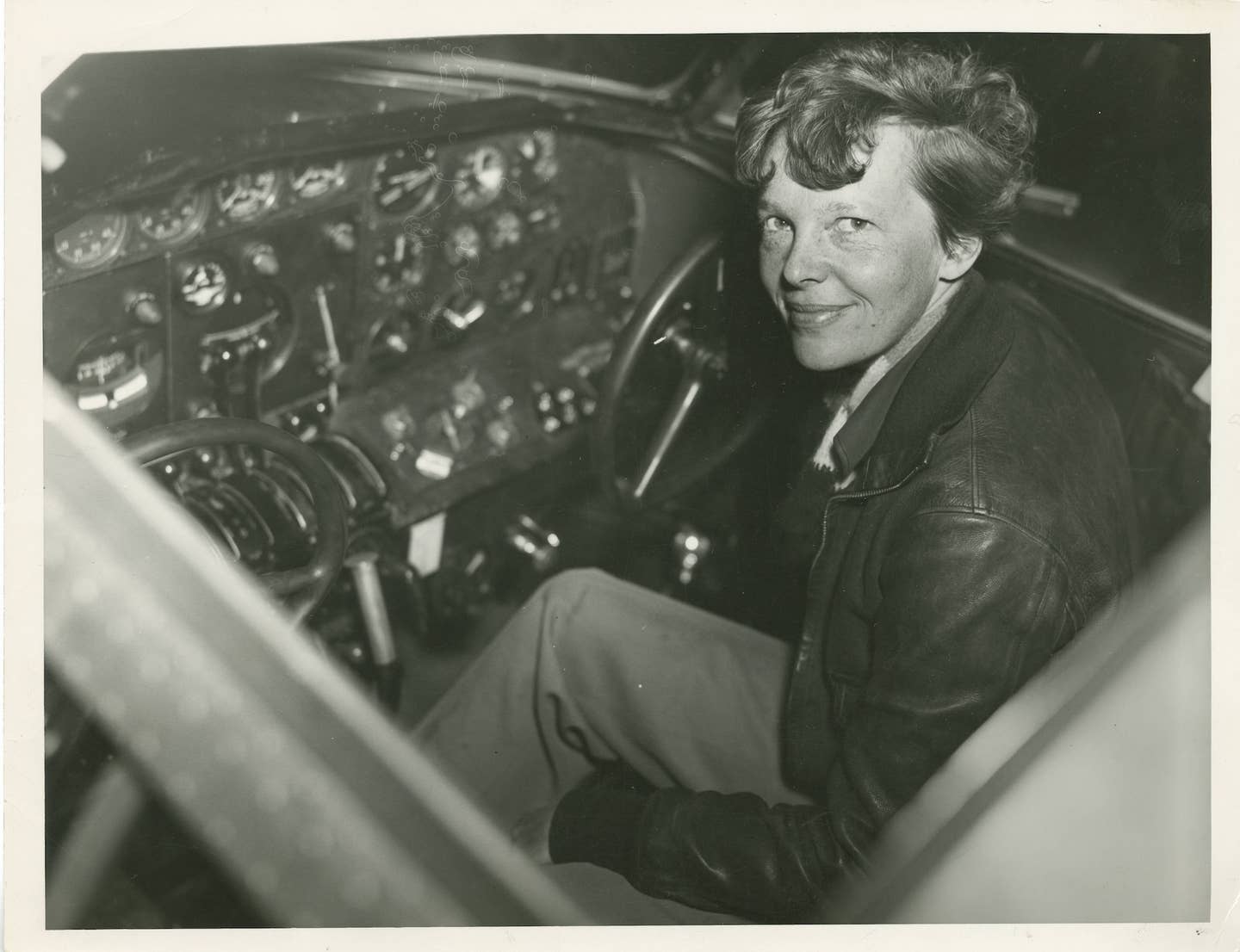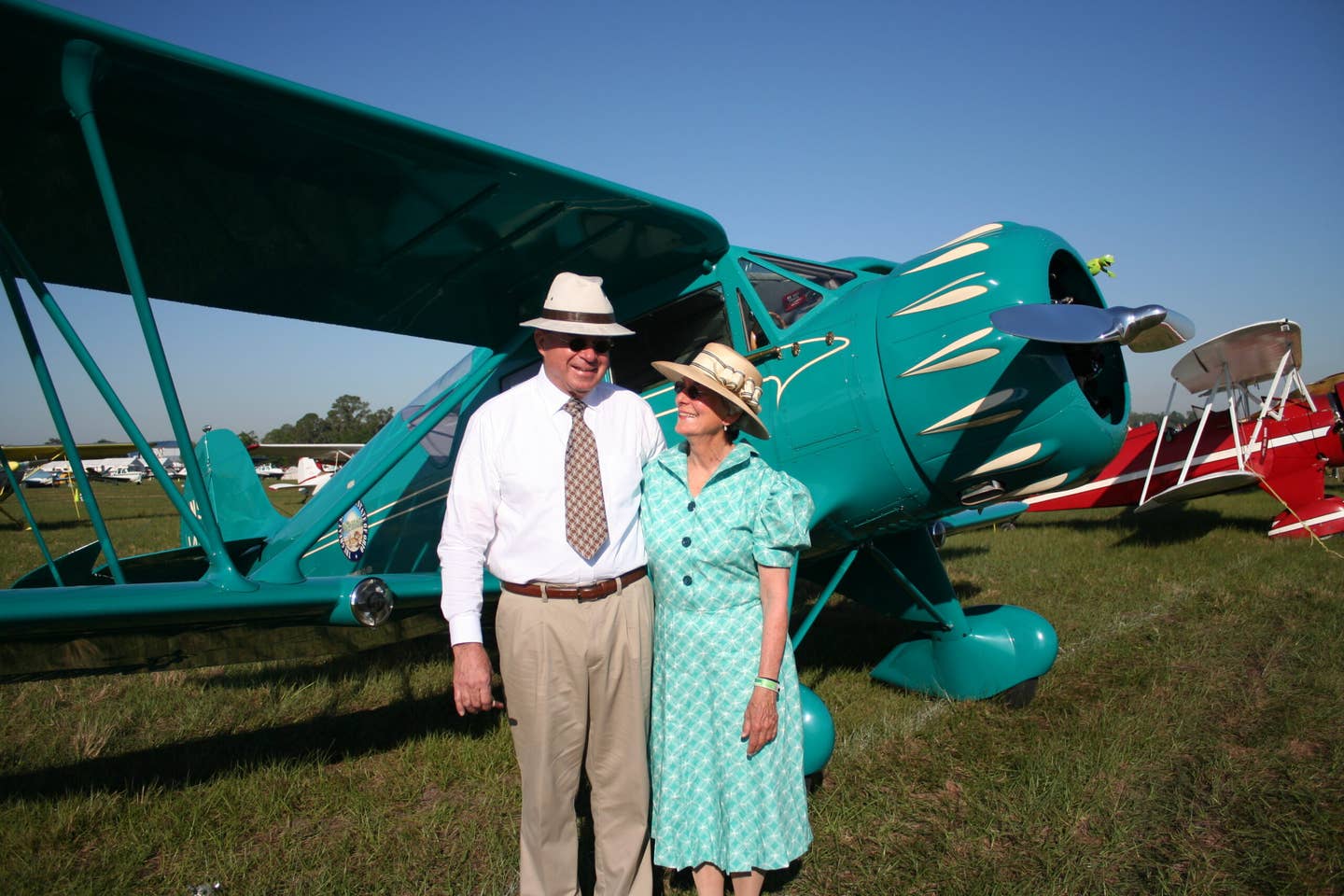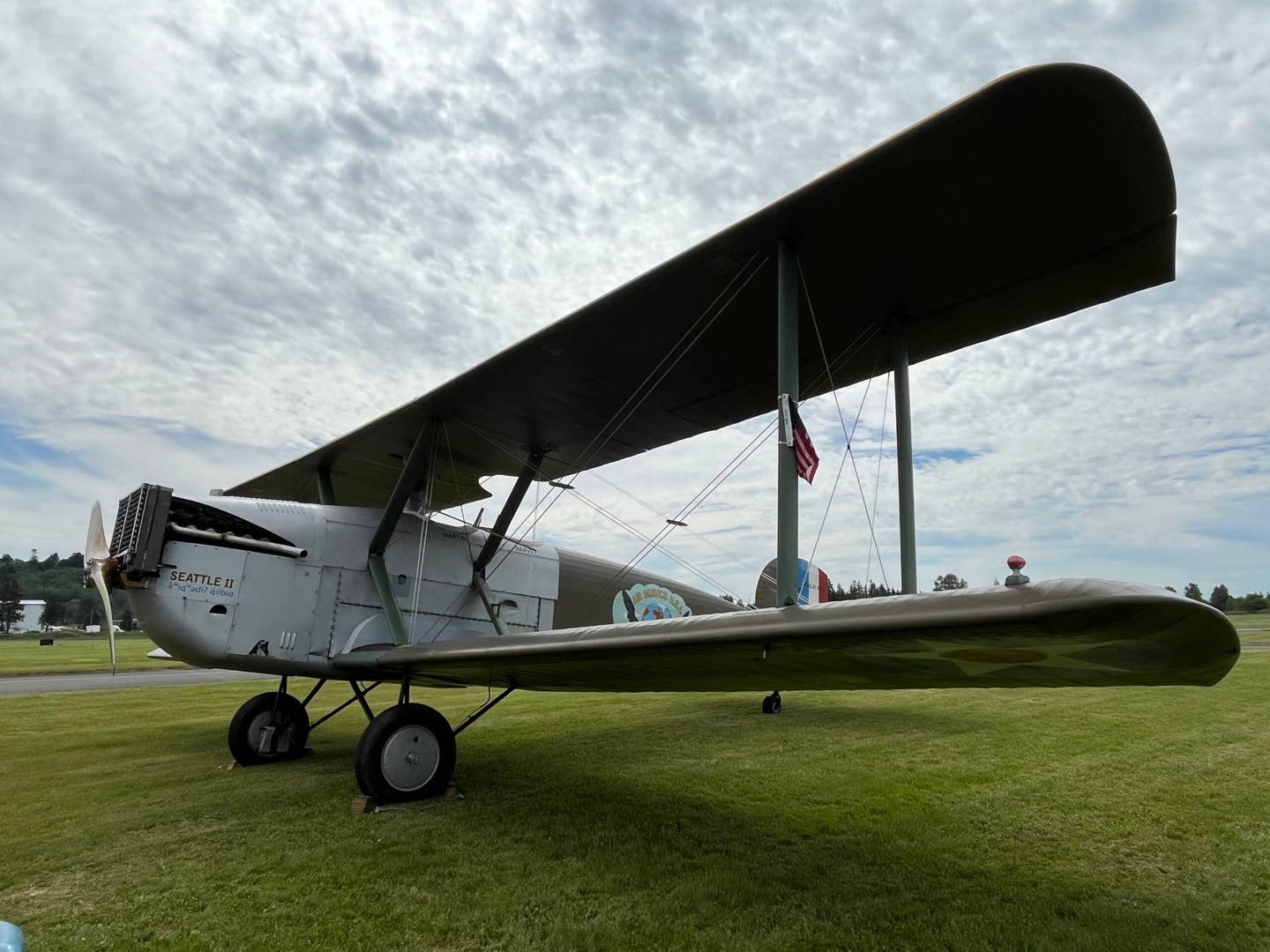Art Exhibit Celebrating WASPs Open at Nashville International Airport
Artwork celebrating the Women Airforce Service Pilots (WASPs) is on display at Nashville International Airport (KNBA) in Tennessee.
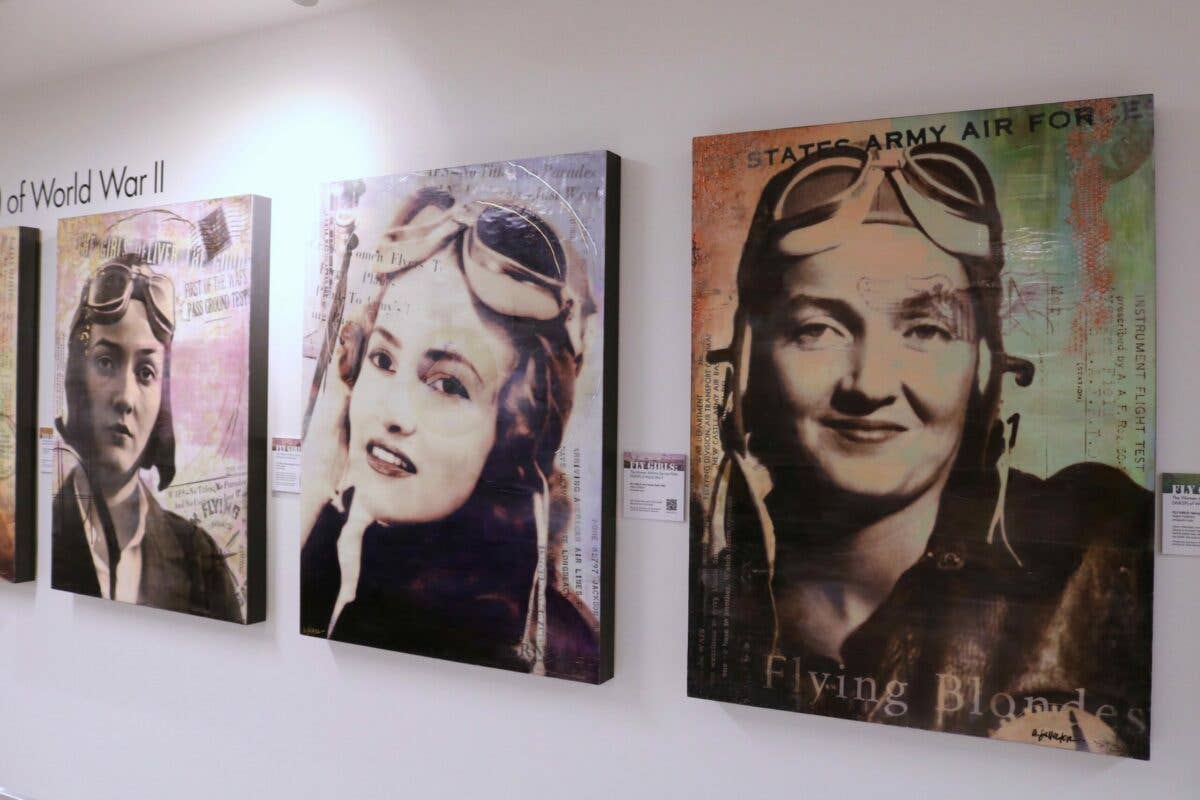
The “Fly Girls: The Women Airforce Service Pilots (WASPs) of World War II” exhibit is on display at Nashville International Airport. [Credit: Alison Fullerton]
If your travels take you through Nashville International Airport (KNBA) in Tennessee, be sure to take a look at the artwork on display through the Arts at the Airport program. Among the works to grace the walls is “Fly Girls: The Women Airforce Service Pilots (WASPs) of World War II,” done in encaustic wax (beeswax) by Alison Fullerton. You'll find the exhibit consisting of 30-by-40-foot panels on display on the first floor of the international terminal.
Fullerton says she was inspired to create a piece reflecting women in the armed services after she married into the military in 2016 and went to Germany, where she embraced that life. She met many women who were serving and was so inspired she decided to develop a portrait series about women in the military, especially those who came first, such as the WASPs, because so few are aware of what these women did for their country during World War II.

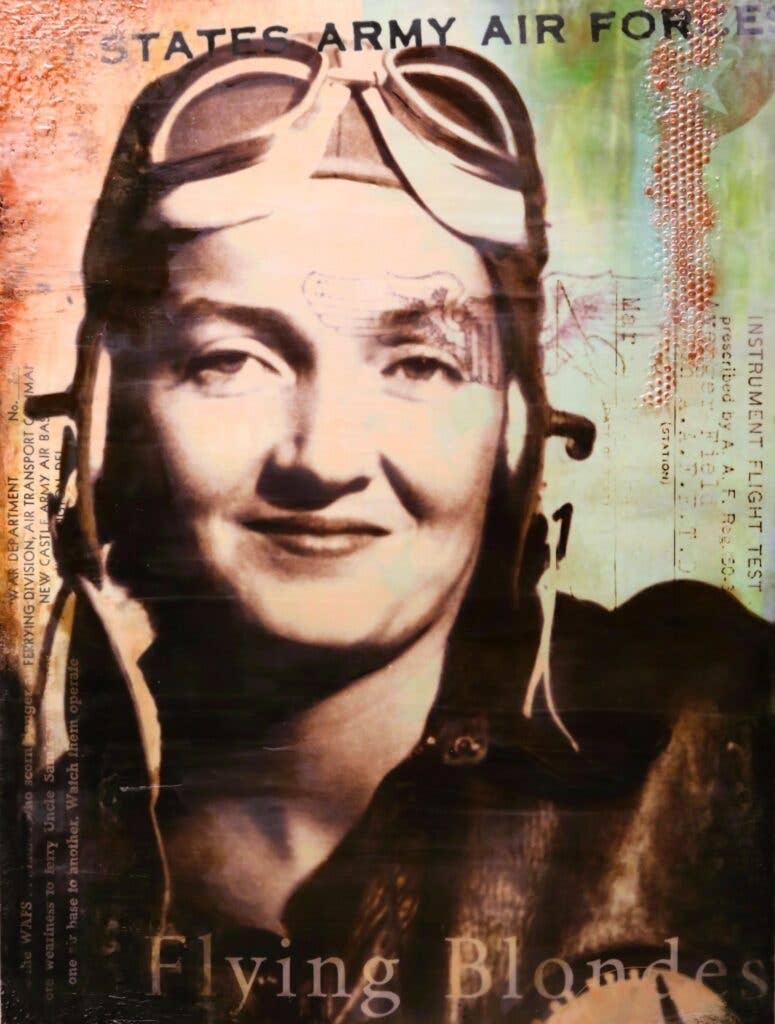
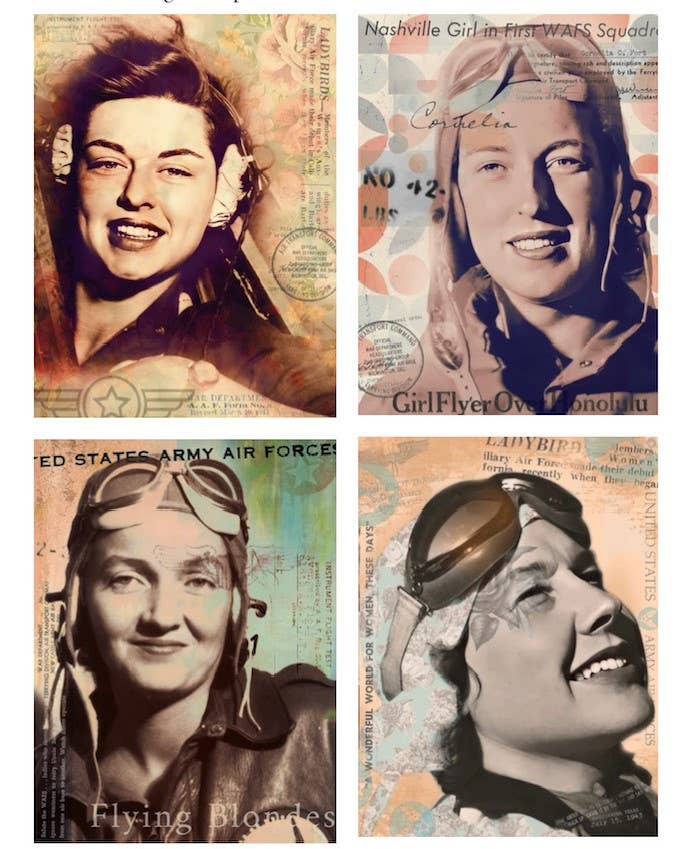
Behind the WASP Story
According to WASP archives, 25,000 applied to be WASP. 1,830 being admitted to the program and of those 1,074 serving with noncombat flying.
One of the first women to volunteer for the WASP program was Nashville native Cornelia Clark Fort. Fort was working as a civilian flight instructor in Hawaii on December 7, 1941, when during a training flight she found herself and her student surrounded by Japanese Zeros during the bombing of Pearl Harbor. Fort took the controls of an Interstate Cadet and got them on the ground. They ran for cover, and despite being strafed, survived the attack.
Fort returned to the mainland and was one of the first women to join the WASPs in 1942. She was killed on March 21, 1943, while flying in formation en route from Long Beach, California, to Love Field in Dallas. Fort was in the lead when the wing of her BT-13 was struck from behind by the landing gear of the airplane flown by U.S. flight officer Frank Stamme Jr. The impact broke off part of the wing, and Fort's airplane went into an unrecoverable dive. Stamme was not injured.
In order to do justice to the WASP story, Fullerton sought to learn all she could about the pilots. That could be difficult, as many of the women did not talk about their wartime experiences.This was largely because when the WASPs were disbanded in December 1944, the women were told to "go home and keep your mouth shut."
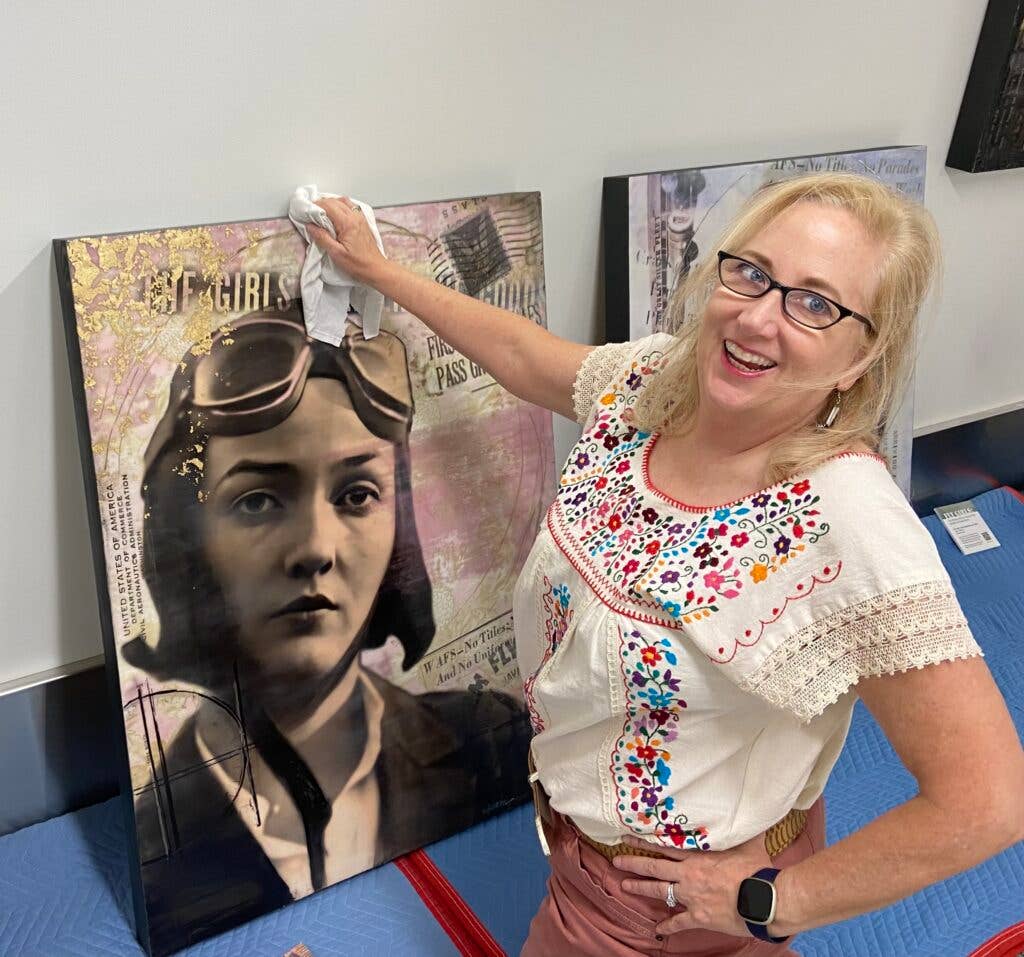
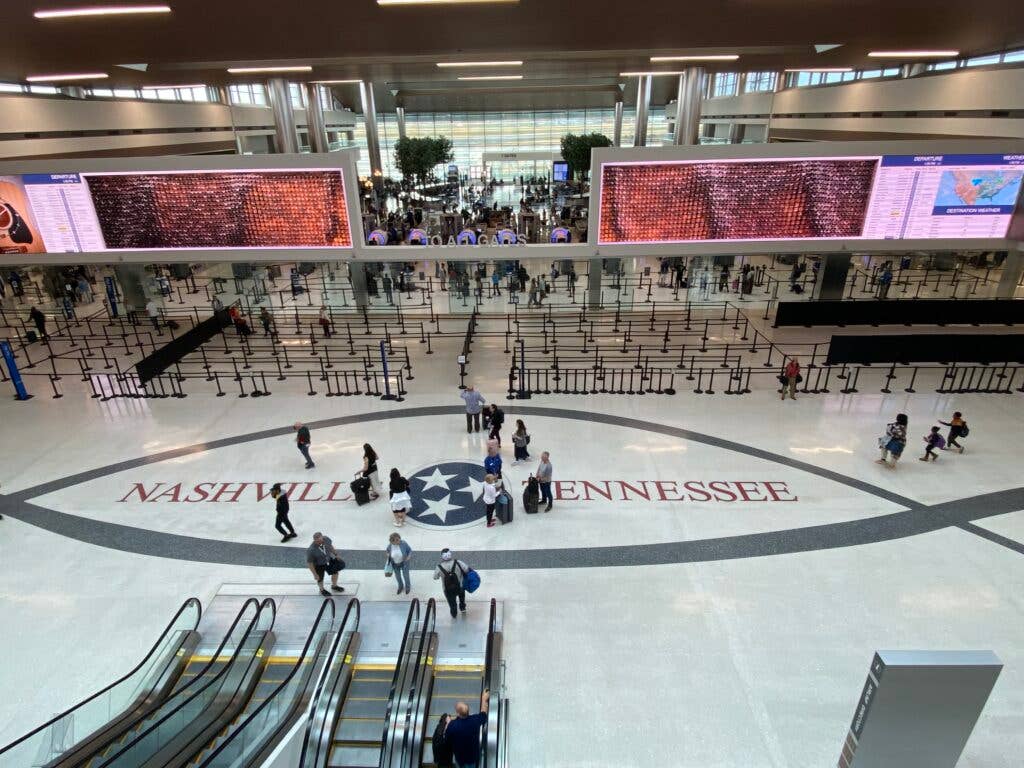
Fortunately, some of the WASPs, and now their descendants, are keeping their stories alive. Fullerton relied heavily on the WASP archives at Texas Woman's University, which she describes as a treasure trove, as she researched Fort's flying career and those of other WASPs. "They walked with me hand in hand as I was developing the art," said Fullerton.
Each panel features newspaper headlines embedded into the paintings.
"They are meant to draw the viewer up close so they can read about the WASP," said Fullerton. "My objective was for more people to recognize who the WASP are and what they went through, and to know about the decades it took for them to earn the right to be recognized. The WASP weren't recognized as veterans until 1977."
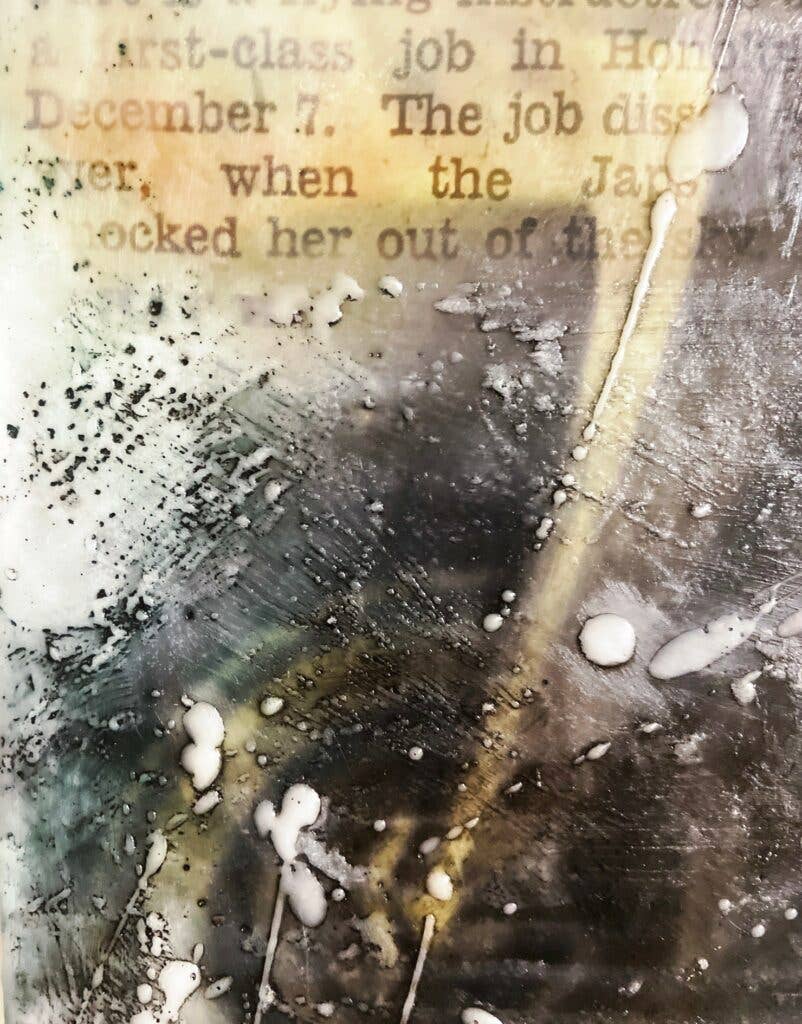
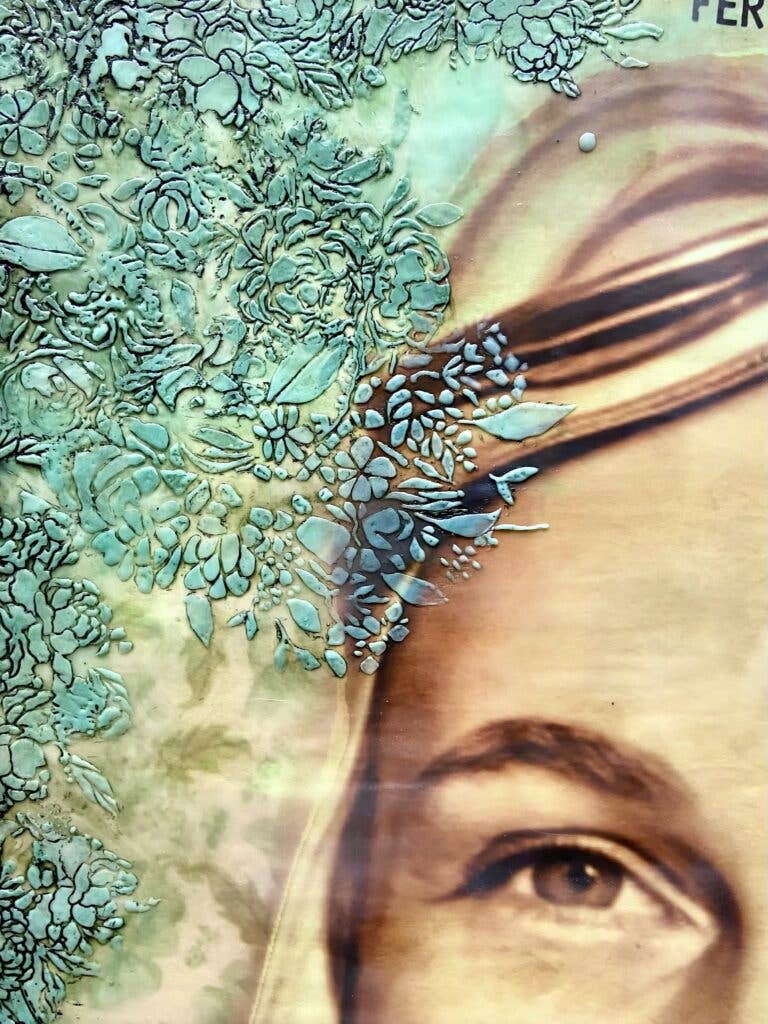
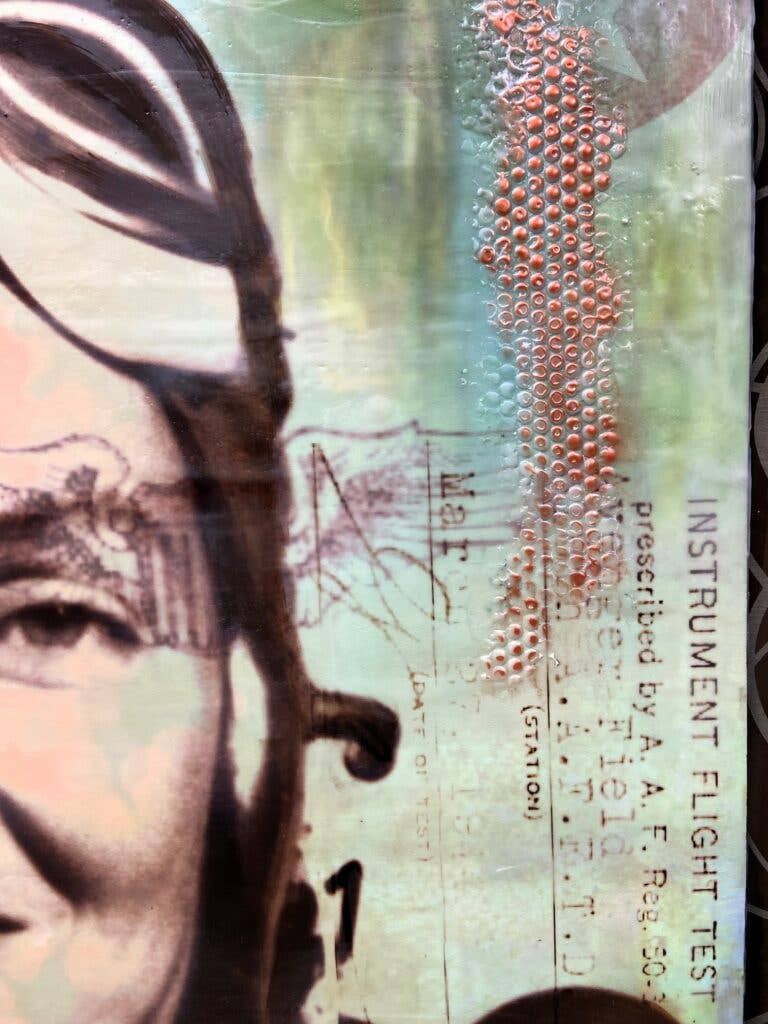
The “Fly Girls” exhibit will be on display until February.
According to Fullerton, she designed the exhibit to travel so that more can learn about the WASPs. After the exhibit closes in Nashville, the panels will head to Palm Springs Air Museum in California, the U.S. Army Aviation Museum in Alabama, and then return to Nashville for a solo exhibition at the Customs House Museum in October. She added she is booking museums for 2025 as well.
Arts at the Airport
The Arts at the Airport program was established in 1988. The artwork on display covers a wide spectrum of medium, including paintings, sculptures, photographs, and blown glass pieces. Airport officials said the works are presented to give the traveling public a taste of Nashville's thriving arts scene.

Subscribe to Our Newsletter
Get the latest FLYING stories delivered directly to your inbox

